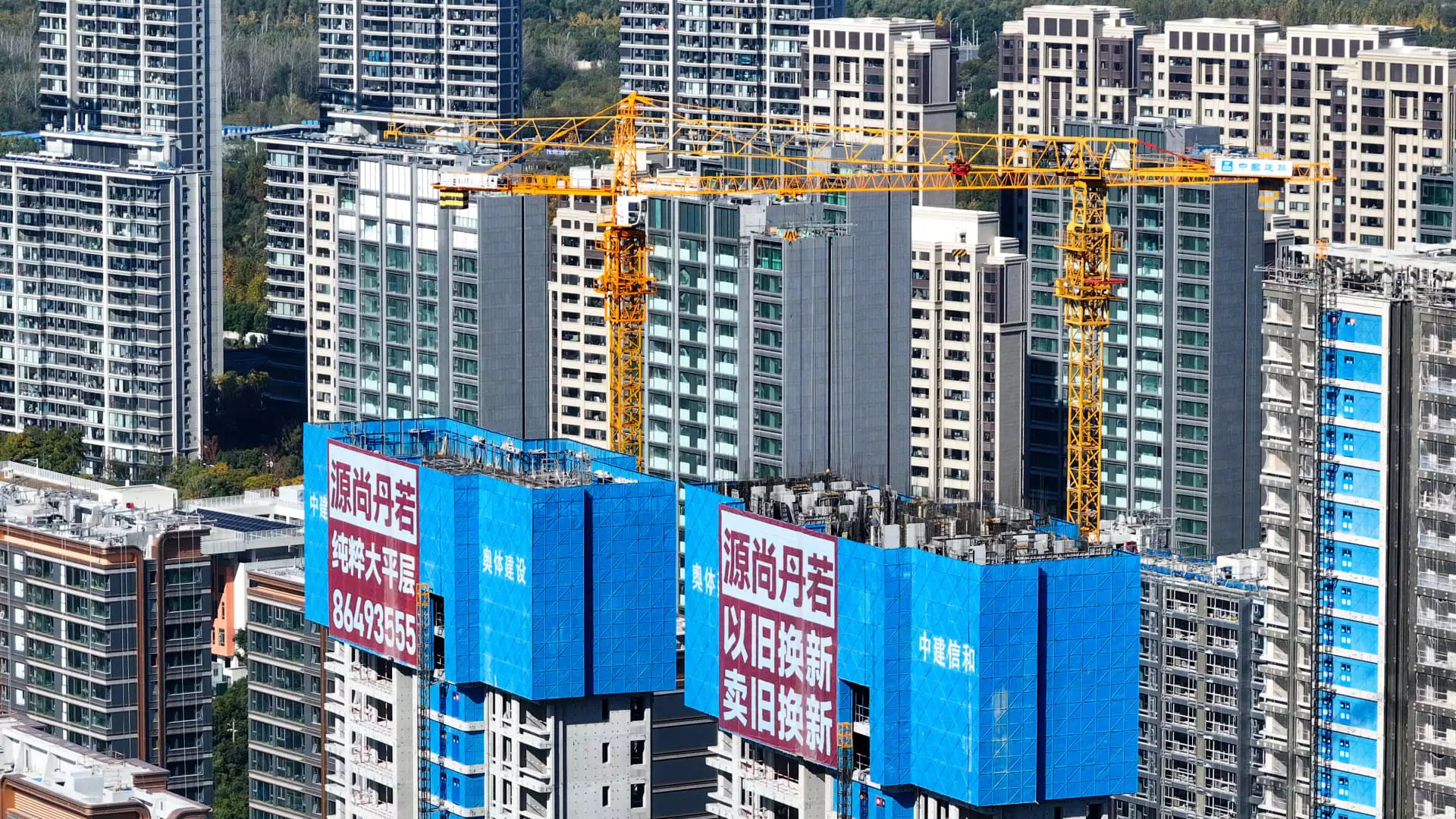China’s attempts to rejuvenate its economy through stimulus measures are gradually showing signs of impact, but the results remain mixed. As the world’s second-largest economy, any signs of growth—or lack thereof—command significant global attention. While certain sectors such as real estate and manufacturing have begun to show improvement since the announcement of these measures in late September, a general sense of caution persists among companies regarding their future projections.
Initiatives enacted by Beijing aimed at stimulating the economy reflect a broader strategy to achieve an official growth target of around 5% for this year and a similar goal for the next. However, data illustrates that these measures have yet to foster robust and widespread economic activities. For instance, Meituan—a prominent food delivery service—reported a decline in average hotel order values in its travel booking segment compared to previous months, despite the stimulus measures. According to Meituan’s CFO, Shaohui Chen, the positive effects of the stimulus will take time to manifest throughout various consumption sectors.
In their respective earnings calls, other major companies like Alibaba and Tencent echoed similar sentiments. Their leaders expressed cautious optimism, emphasizing the gradual shift anticipated in consumer confidence and spending habits. The broader economic environment remains precarious, prompting executives to tread carefully with forecasts reliant on long-term improvements rather than immediate, transformative growth.
Assessing Economic Indicators
Preliminary economic data for November offers a nuanced view of growth dynamics. The Caixin Purchasing Managers’ Index (PMI) for manufacturing indicated further expansion, with a reading of 51.5—the highest since June—while the official PMI also demonstrated positive movement at 50.3. However, employment figures paint a slightly different picture, revealing that manufacturing job levels contracted for the third consecutive month, suggesting that the intended effects of the economic stimulus have not yet pervaded the labor market.
Wang Zhe, an economist at Caixin Insight Group, highlighted the need for greater confidence among businesses to bolster workforce expansion. Despite potential indicators of the economy nearing a turnaround, stability is still tenuous; rising external uncertainties further complicate the picture. The geopolitical landscape, particularly strained relations with the United States and ongoing tariff threats, plays a crucial role in shaping investor sentiments and business strategies.
China’s economic landscape is rapidly evolving, with external pressures solidifying a more guarded approach among businesses. The recent U.S. trade restrictions targeting Chinese chipmakers and the impending 10% tariffs on imports from China once President-elect Donald Trump assumes office are indicative of rising tensions. A survey from the China Beige Book, covering 1,502 businesses, revealed that while retail spending and home sales saw some signs of improvement, there remains widespread vulnerability in the service consumption sector.
Interestingly, the same report observed an uptick in the number of businesses seeking to increase borrowing, hinting at a potential recovery in demand spurred by Beijing’s stimulus measures. However, experts caution against complacency, suggesting that sustained growth will require further commitments from Chinese authorities.
As the economic landscape of China continues to unfold, the Ministry of Finance has indicated that additional fiscal support may be incoming next year. Investors and economic analysts are holding their breath for insights from the annual economic planning meeting anticipated in mid-December. This event is likely to shape expectations regarding further fiscal engagement and adjustments to existing measures.
While there are incremental signs of growth following the implementation of new stimulus methods, the outlook remains modest. China’s leadership appears set on fostering technological self-sufficiency and strengthening national security, prioritizing stability over aggressive economic expansion. Until further clarity emerges, businesses and consumers alike will remain vigilant, adapting to a landscape marked by both opportunity and uncertainty.

